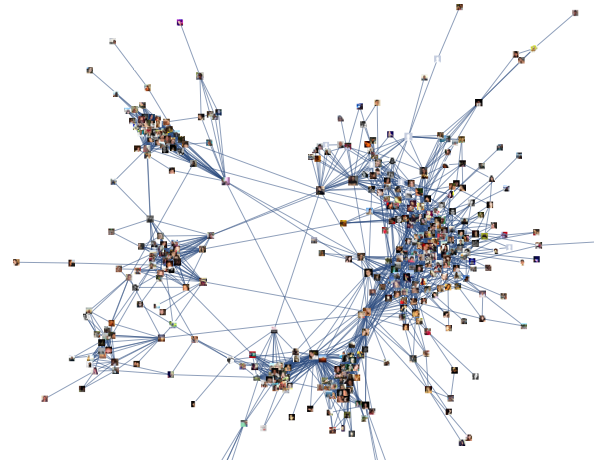Inventory is an essential component of many supply chain organizations. Indeed, demand cannot be fulfilled without inventory. Having a thorough understanding of demand and inventory is crucial to maintaining desired service levels, preventing stock outs and maximizing profits.
Although inventory has long been vital to the success of supply chain organizations, the COVID-19 pandemic has made managing inventory more challenging than ever. The following sections discuss the top inventory solutions to streamline supply chain operations and optimize services.
Inventory Policies
Whether an organization already has inventory policies in place or not, revisiting product lead times will be beneficial, as shipping container storages and decreased factory throughput may have increased the time it takes to receive inventory. There are two primary approaches to inventory management, continuous review policy and base stock level policy.
A continuous review policy is based on an organization’s historical demand, product lead time, desired service level, fixed order cost, unit cost, and ratio of inventory holding cost to product cost. This information is used to calculate product optimal safety stock, reorder level, reorder quantity, and the associated estimated inventory levels.
In practice, this policy involves monitoring inventory levels constantly, often through an inventory management system. Once the inventory level depletes to a certain threshold, a predetermined amount of inventory gets reordered.
Continuous review policies often require organizations to have data systems in place, making this type of policy more common among larger scale organizations. However, some organizations may not have the capacity to monitor inventory continuously, making a base stock level policy an appealing alternative.
With a base stock level policy, an organization determines how often to count inventory, whether it be weekly, monthly, etc. Based on the designated amount of time between order periods, historical demands, product lead time, and desired service level, the organization can calculate product optimal safety, base stock level, and the associated approximate inventory levels.
Inventory Policy Solutions
Although both types of policies sound straightforward, inventory levels and calculations can become tedious quickly when tracking each SKU. Organization leaders who want to automate and calculate the desired quantities and thresholds needed for each SKU quickly should use Alteryx.
Alteryx is a powerful tool for automating inventory processes that is compatible with both types of inventory policy. Learn more about inventory policy solutions by checking out the sample snapshots from workflows below as well as the downloadable workflows attached at the bottom of the page.


Additional information and assistance to customize inventory policy solutions and address supply chain challenges is available from Sea Cliff Consulting.
Connect with Sea Cliff Consulting on LinkedIn to stay up to date with the latest on industry best practices along with providing feedback on what content you would like to see next.


